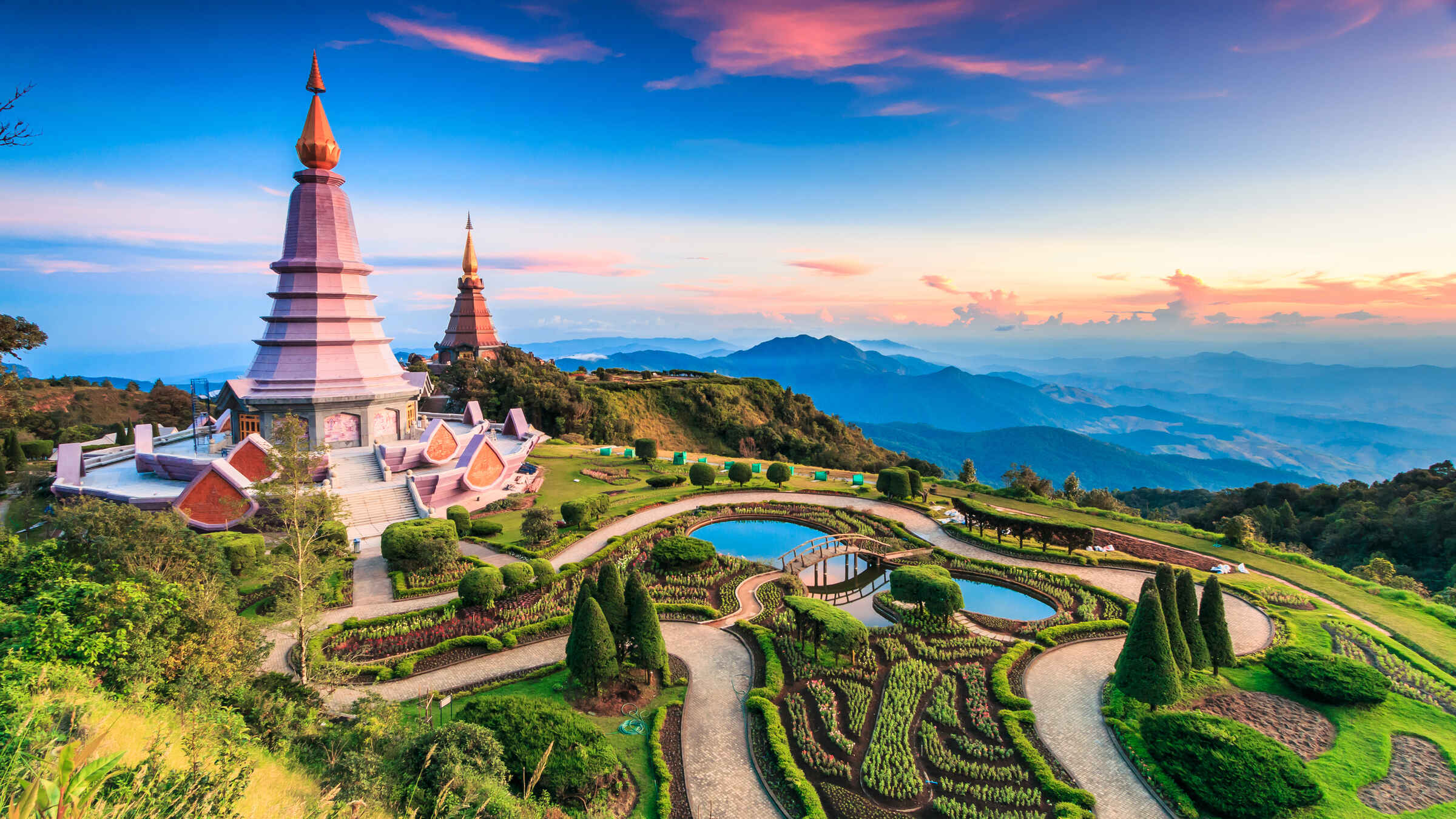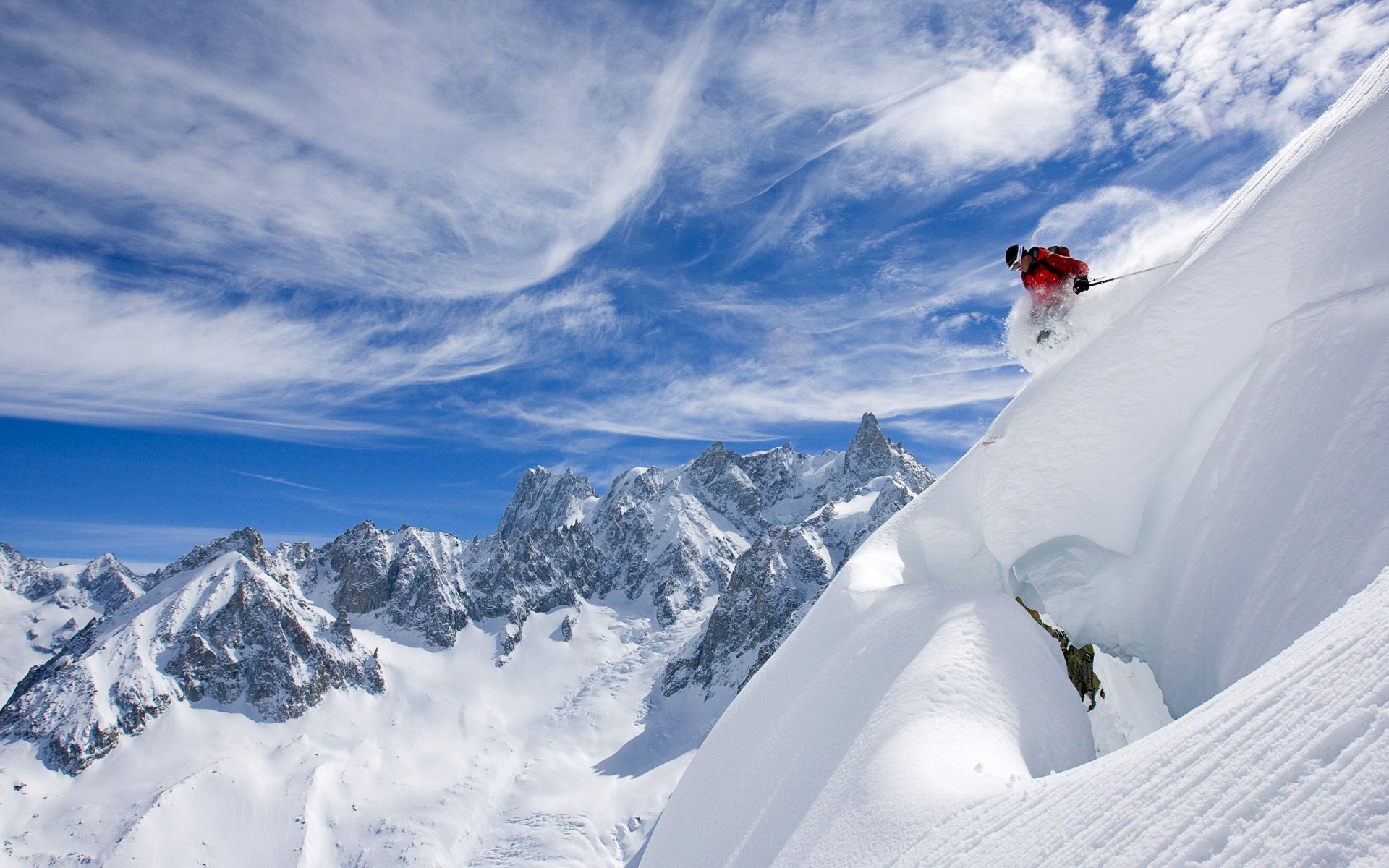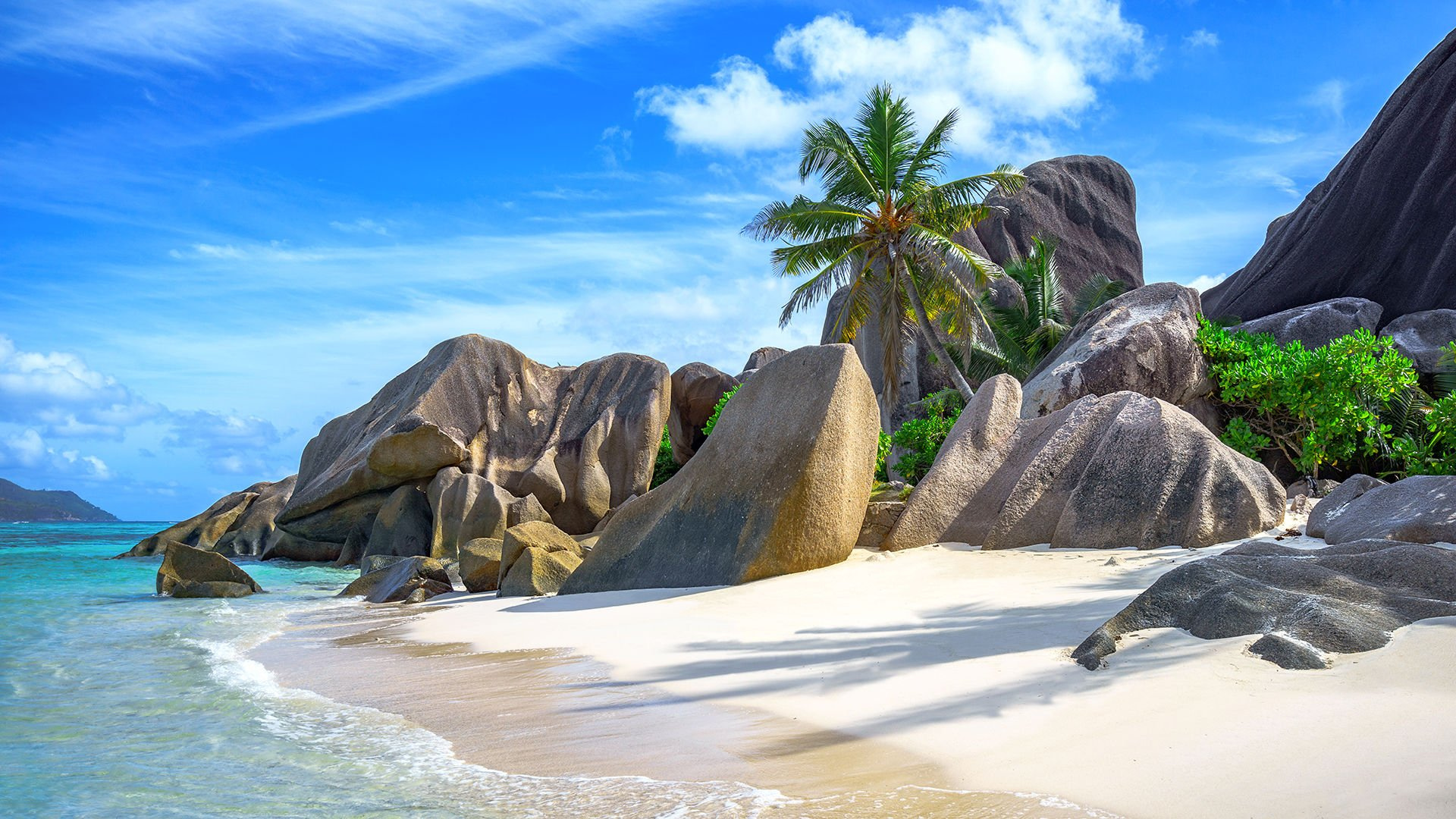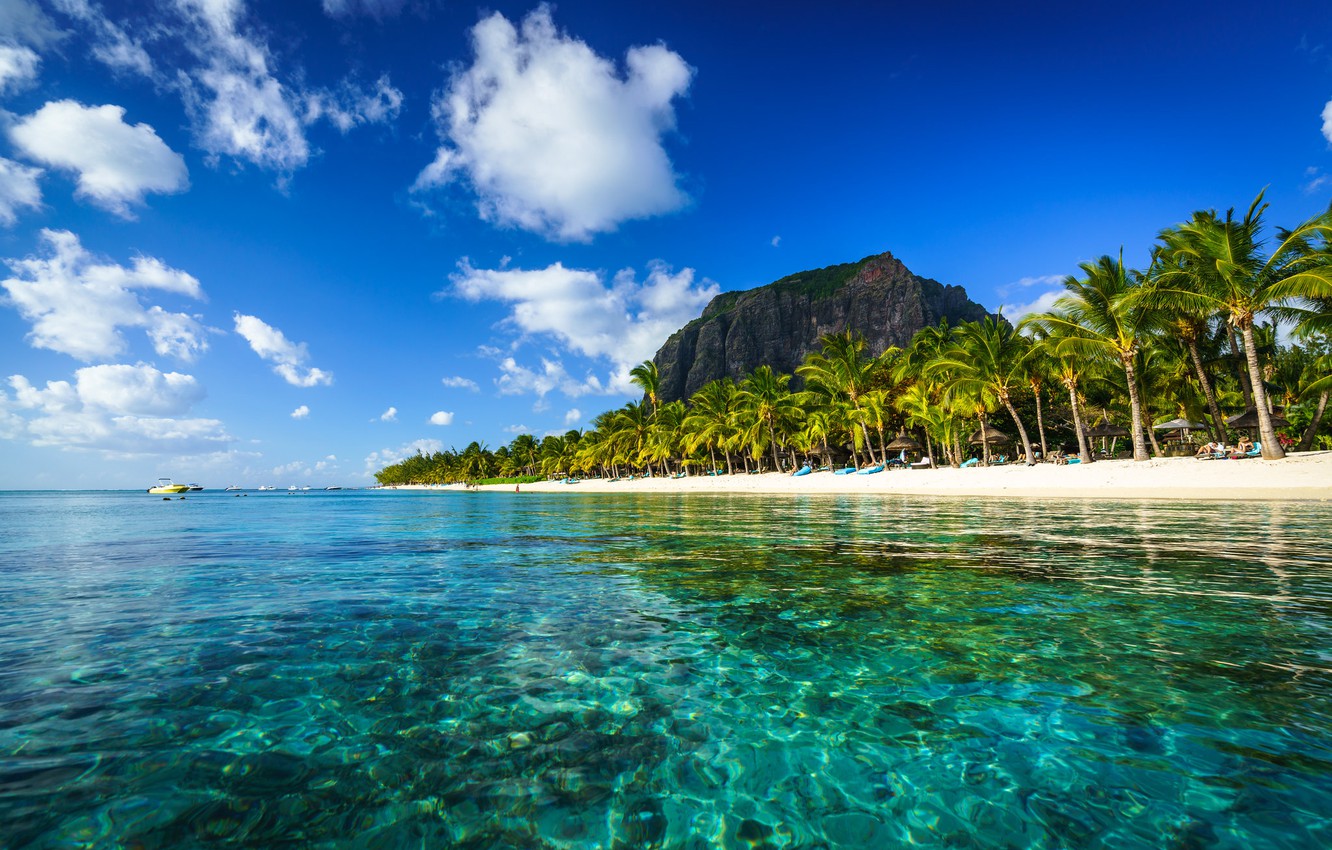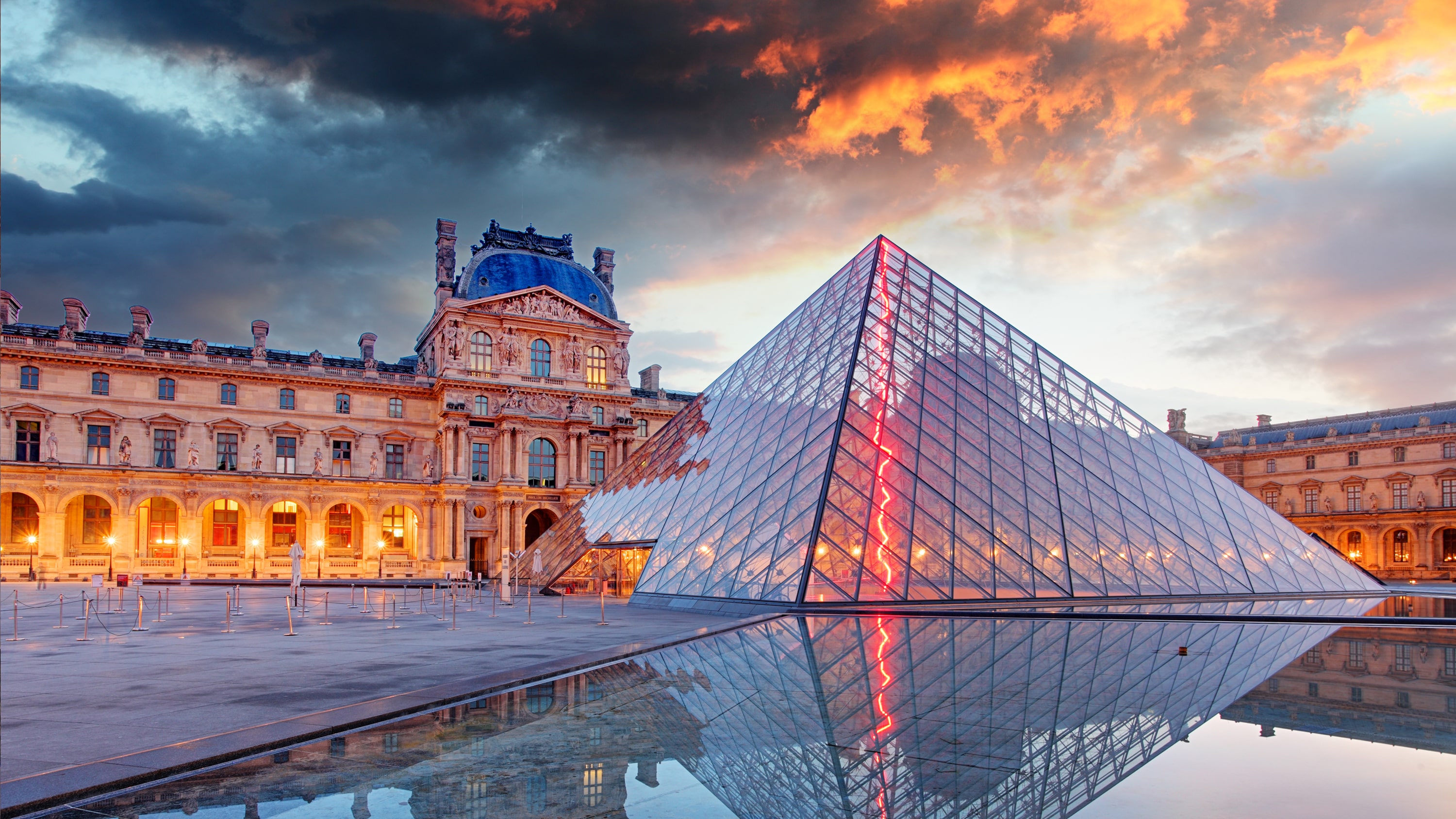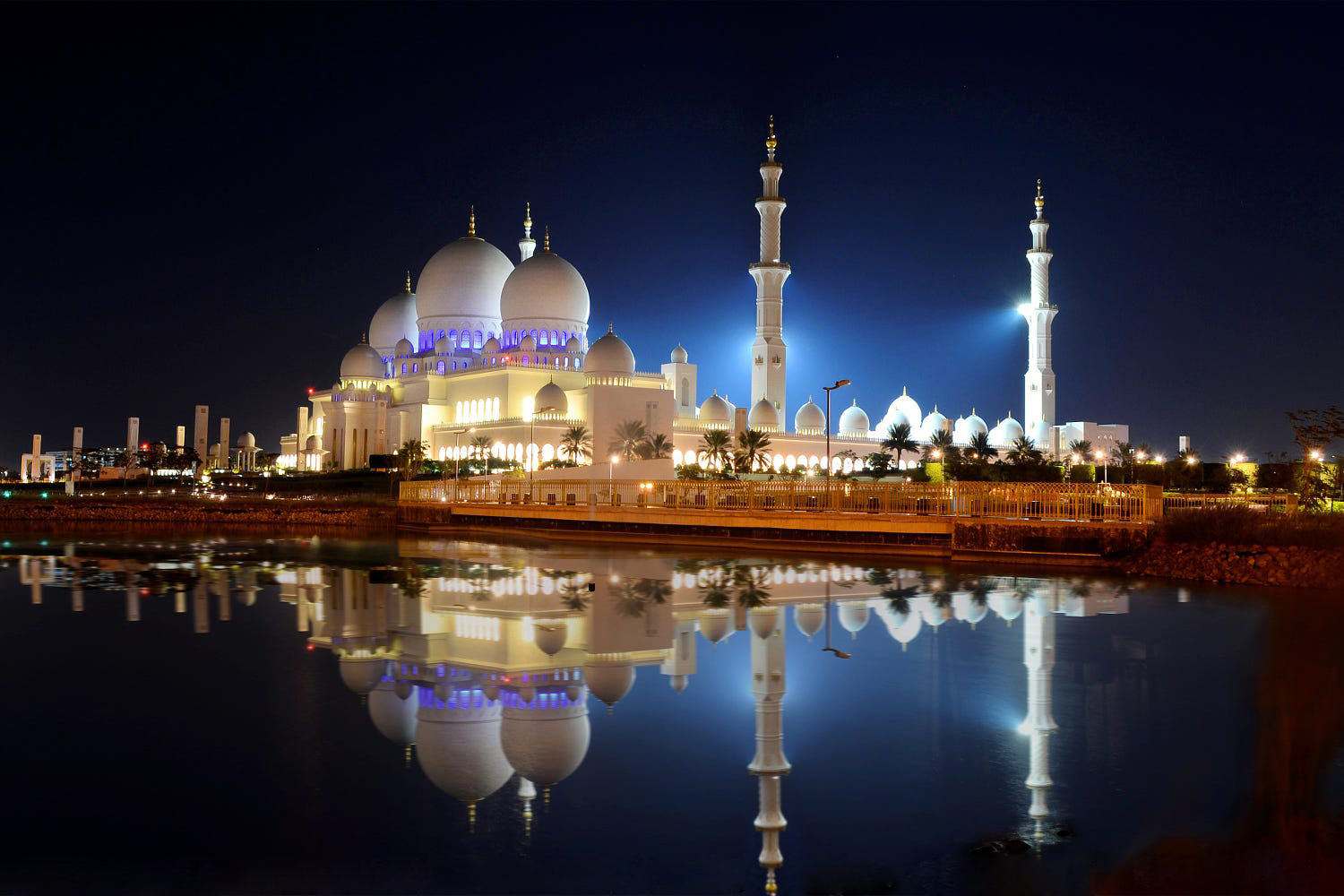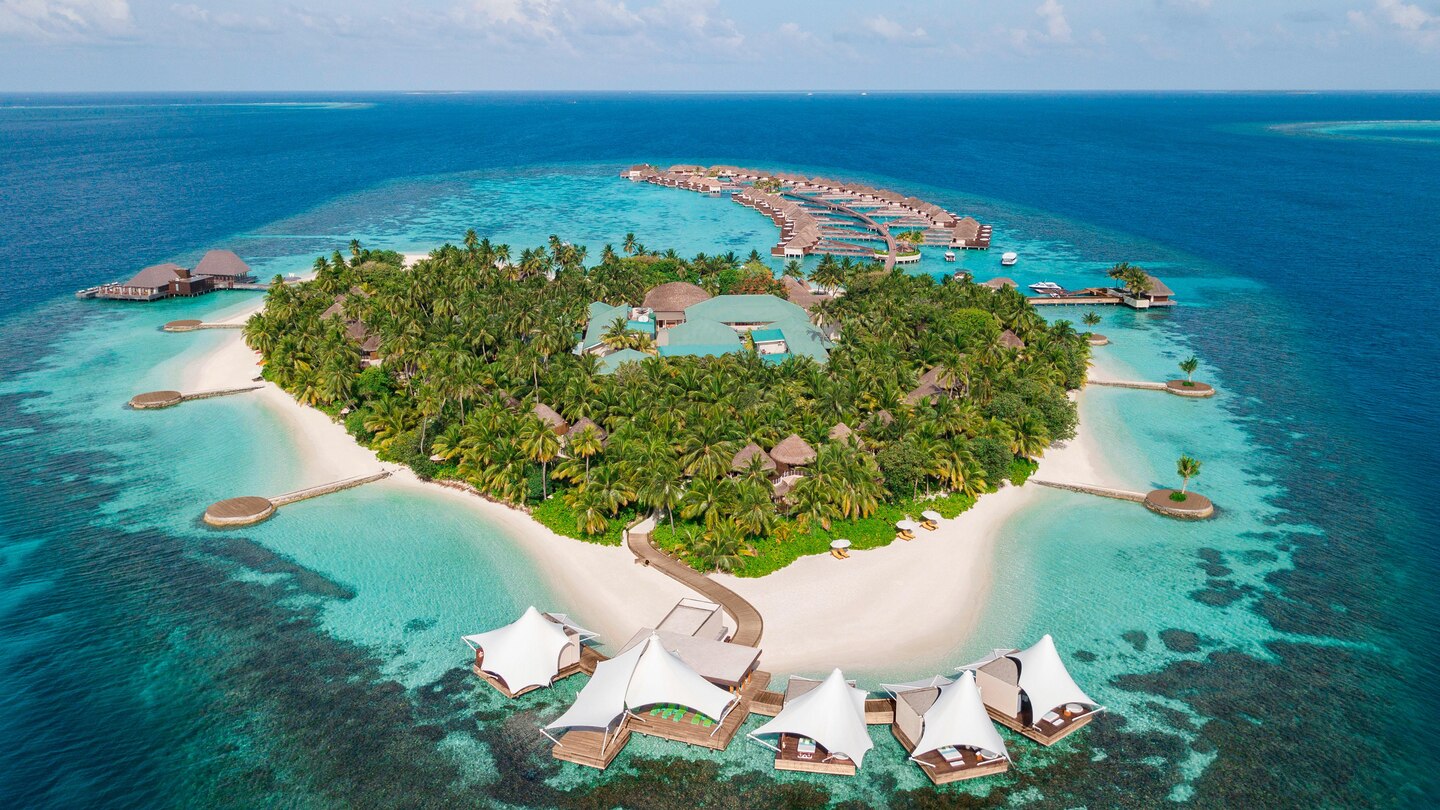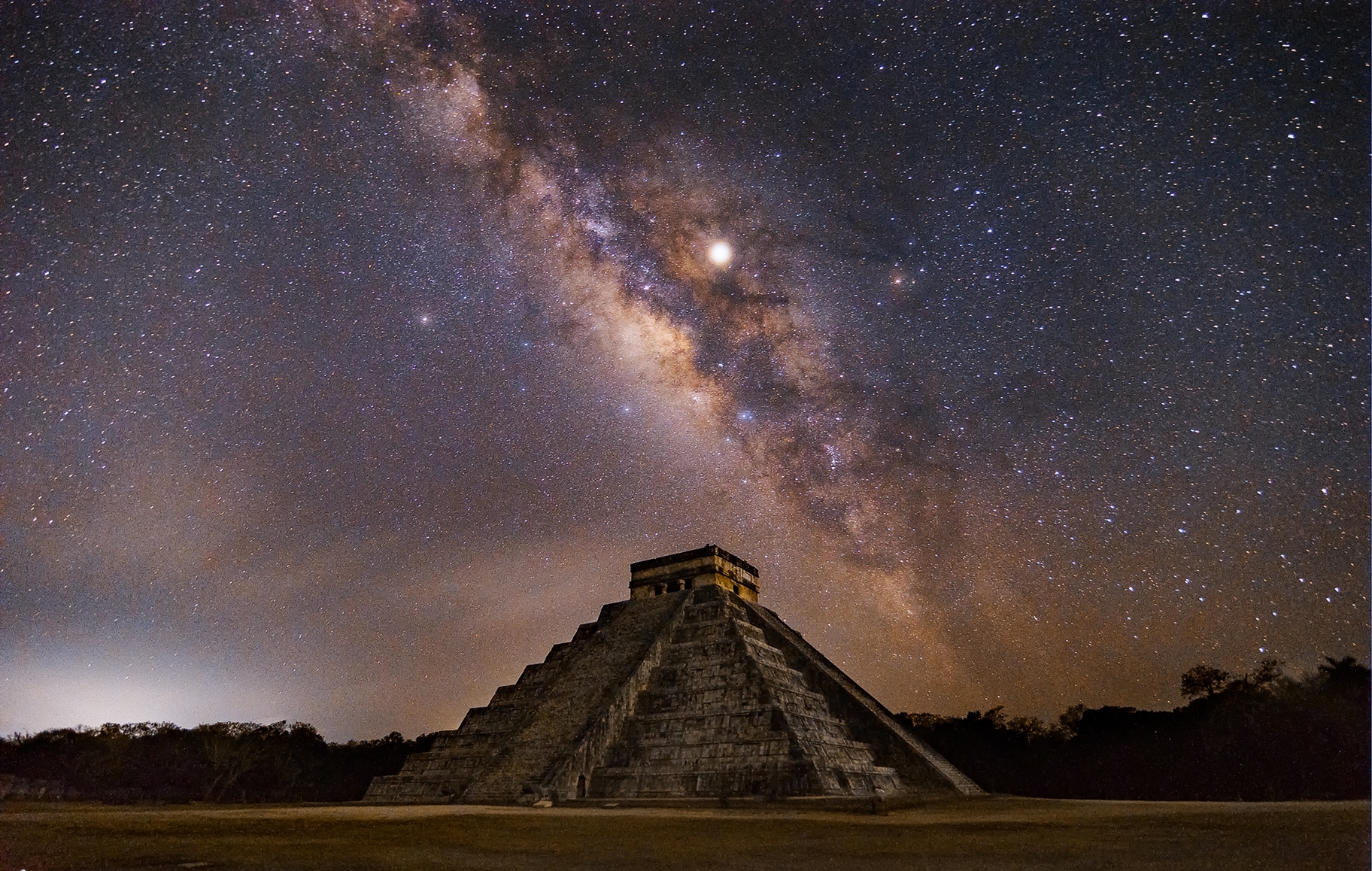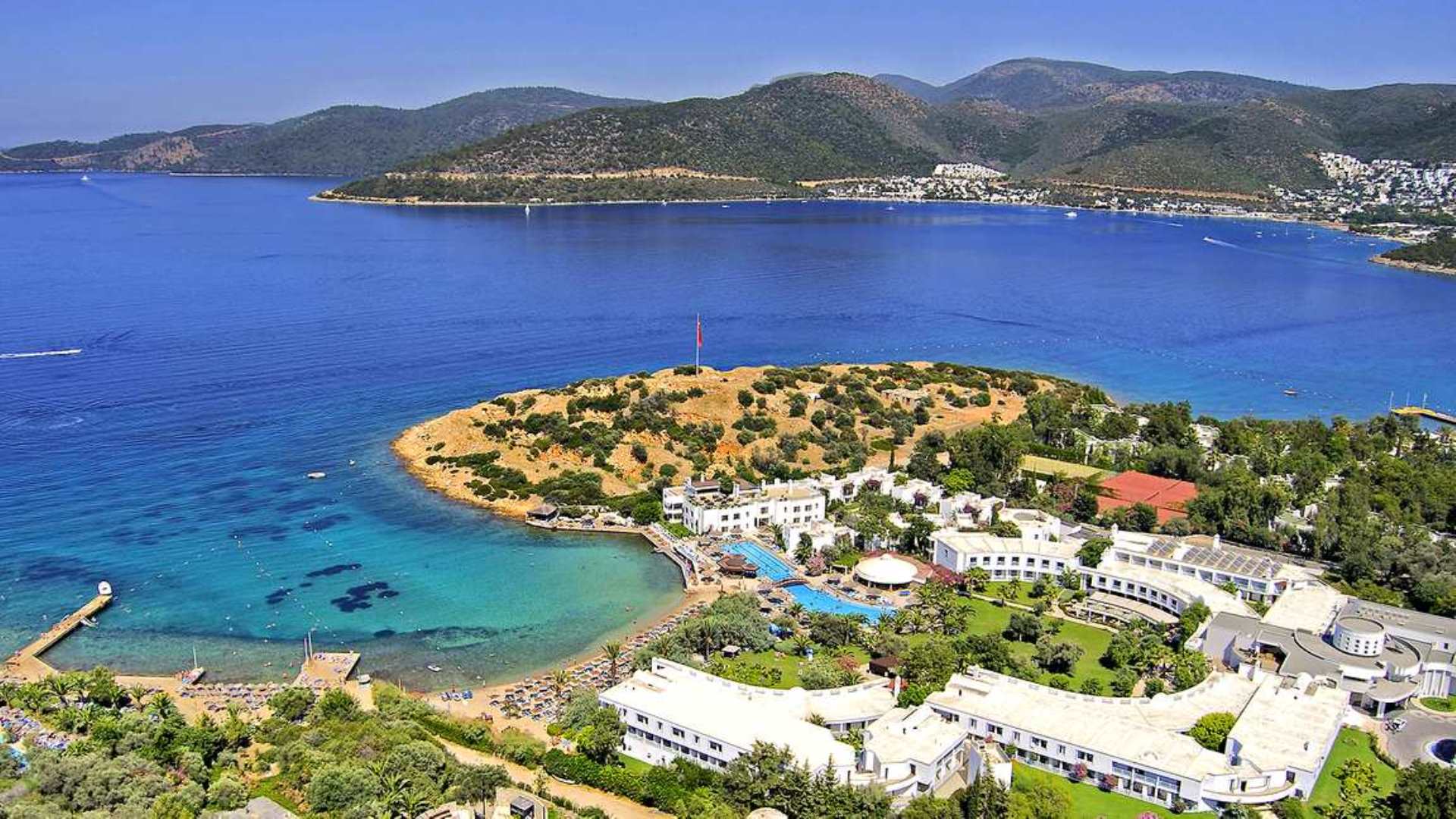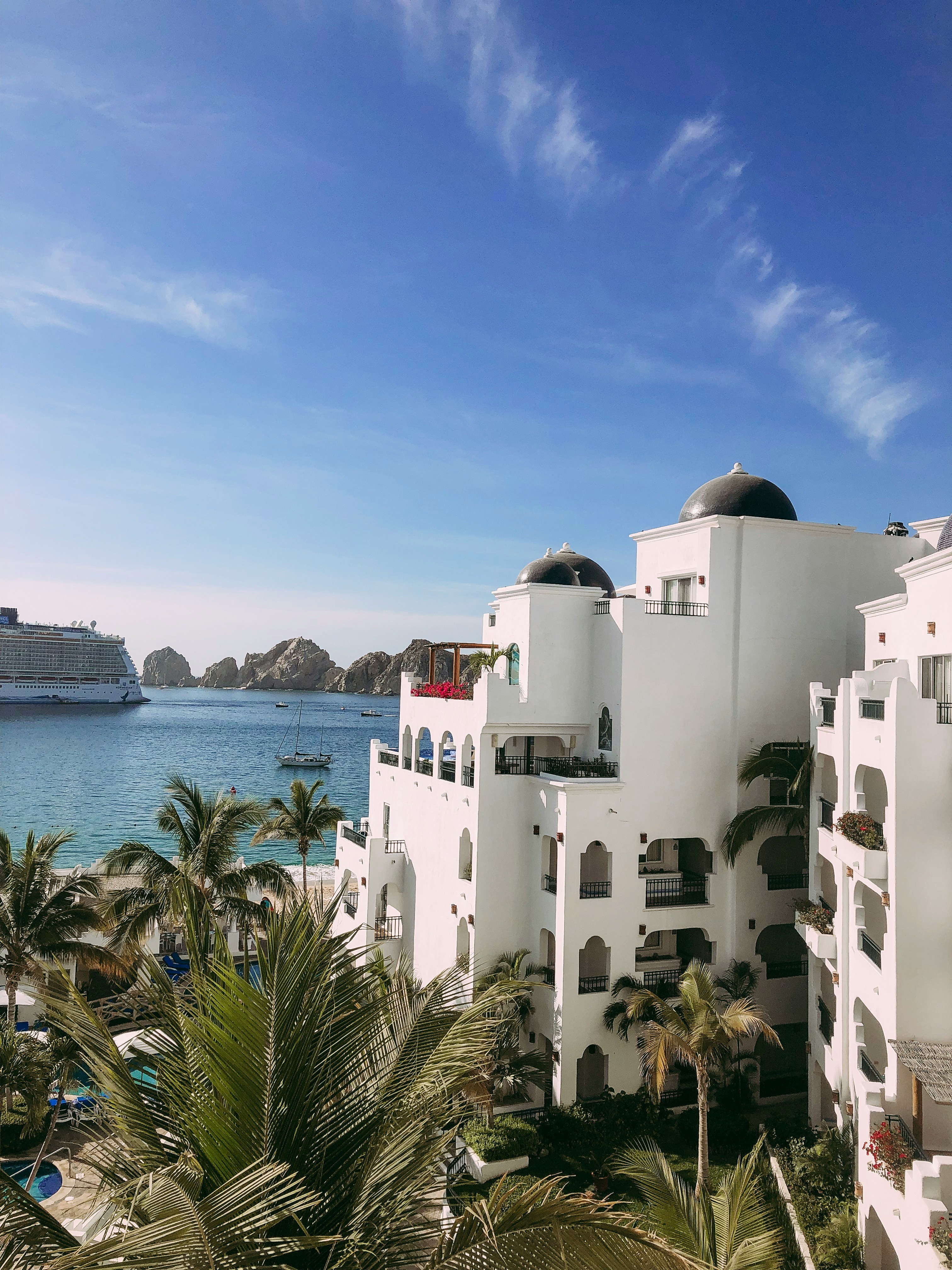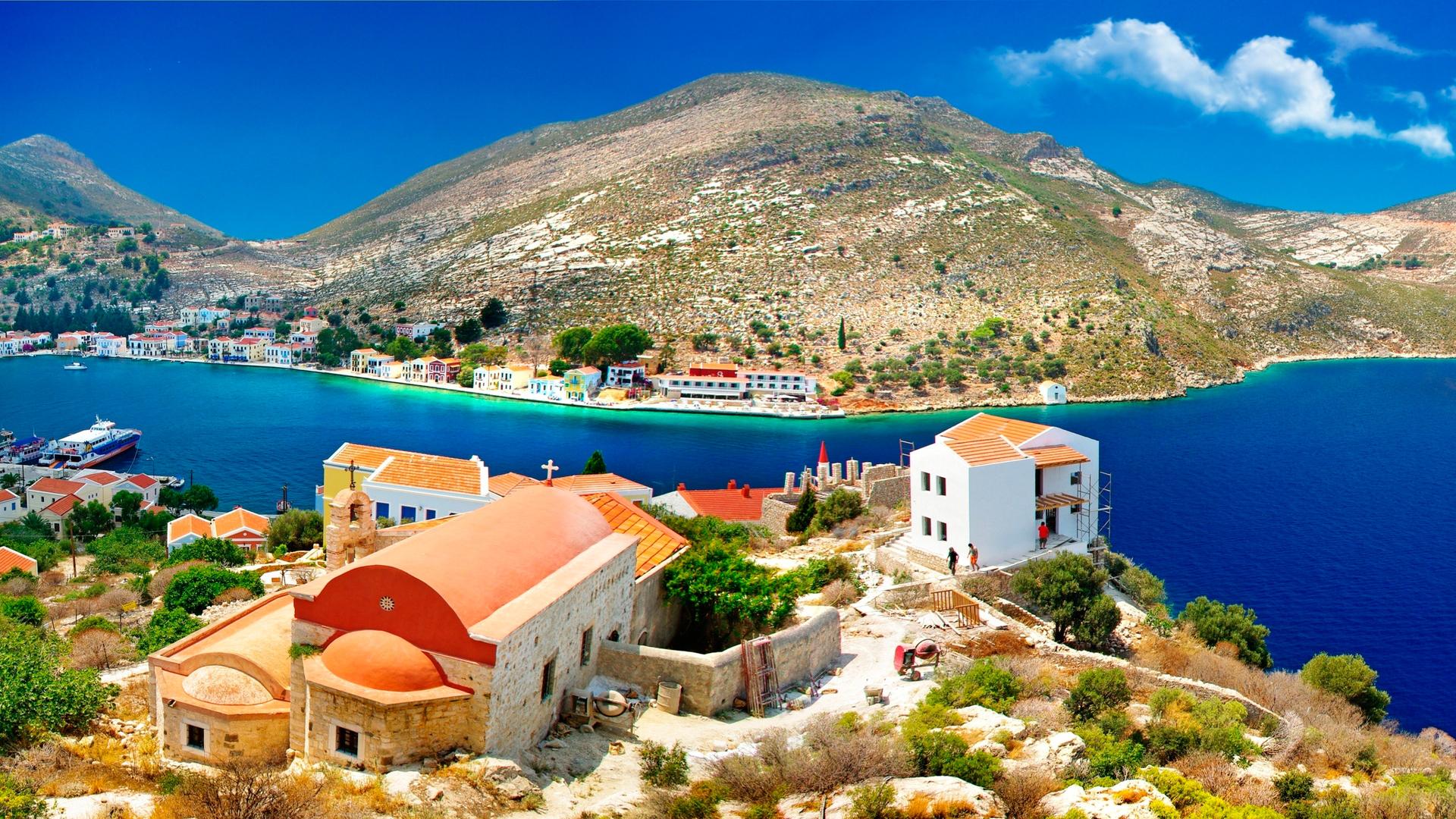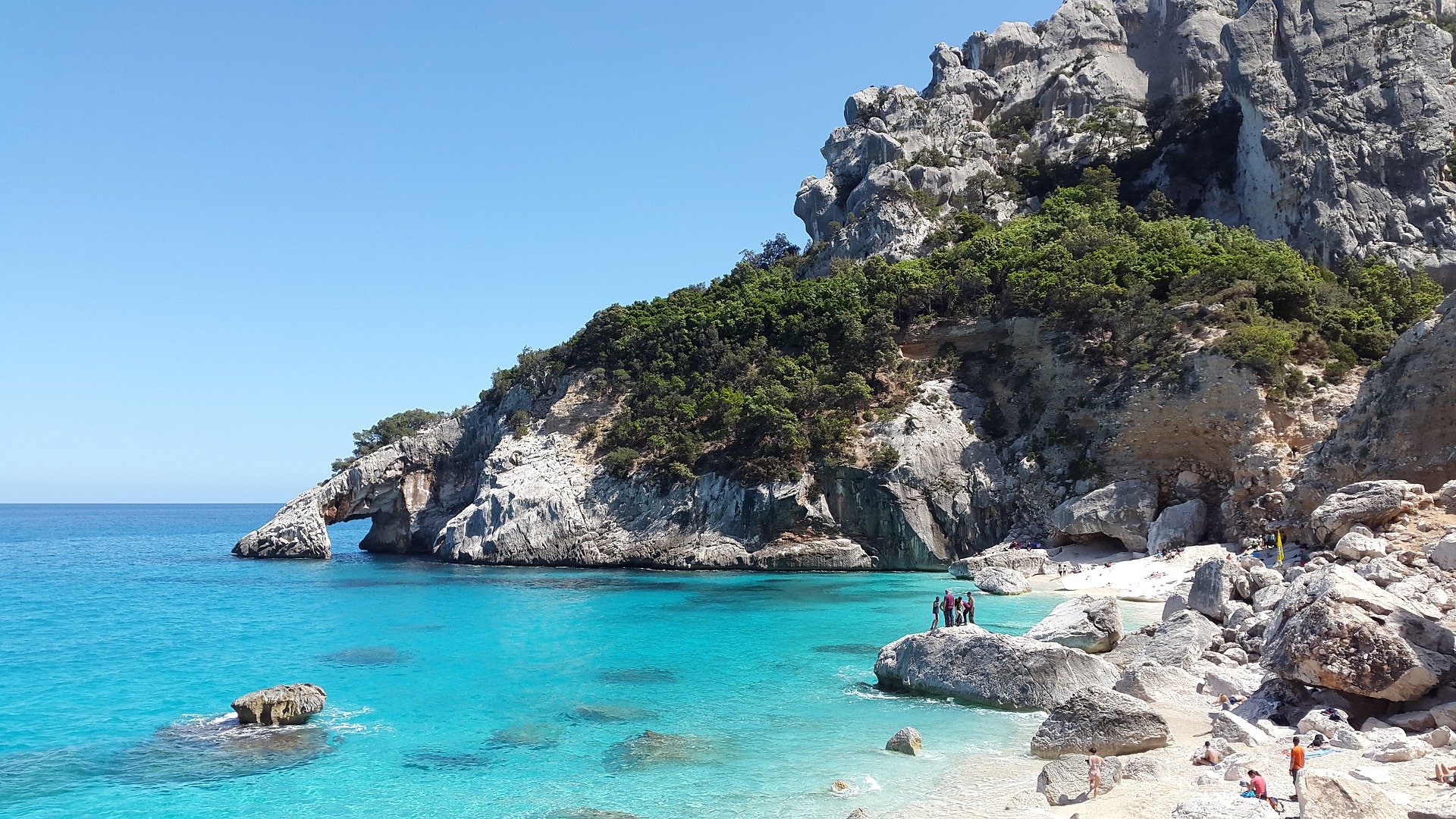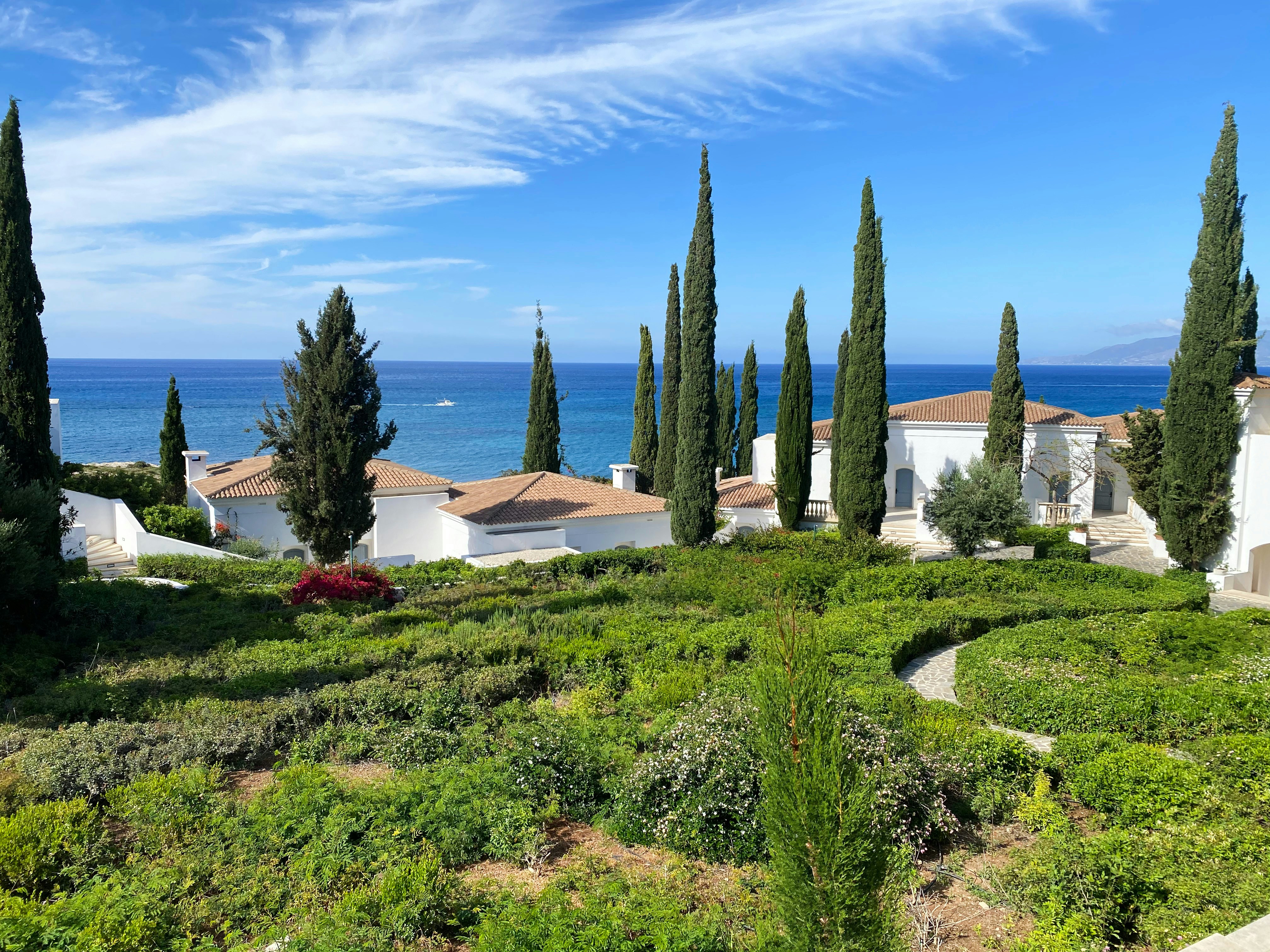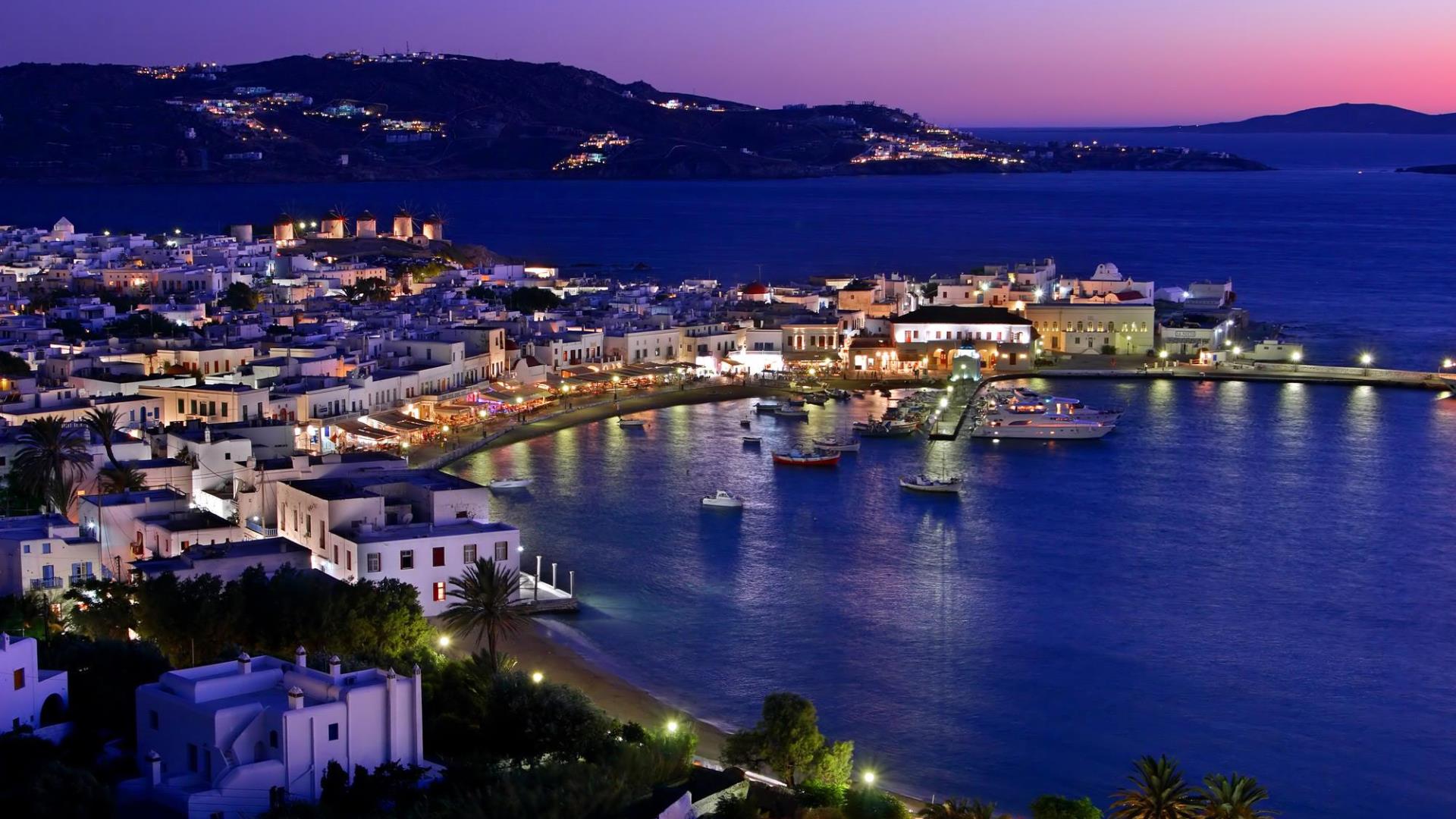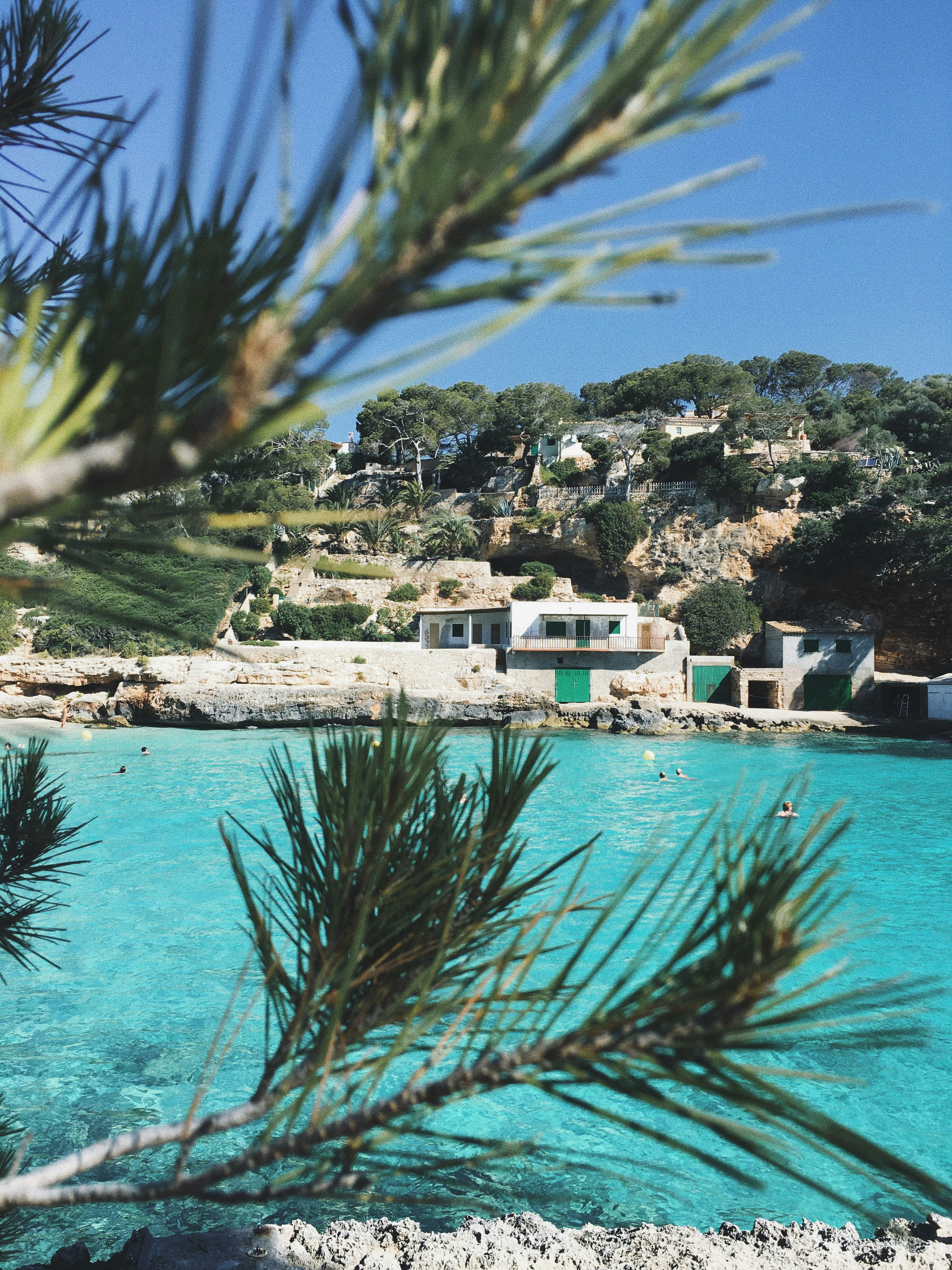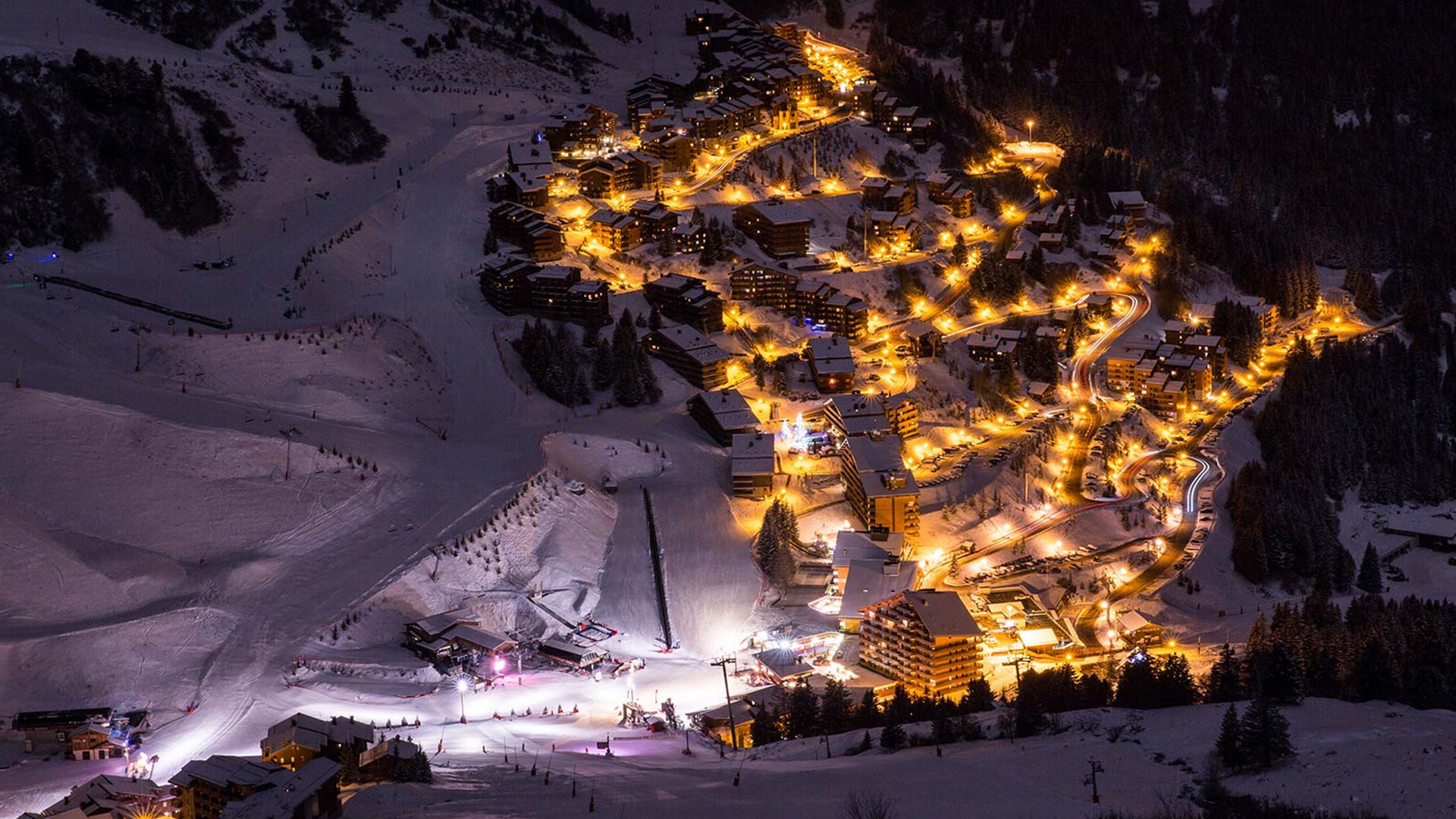Holidays in Tibet
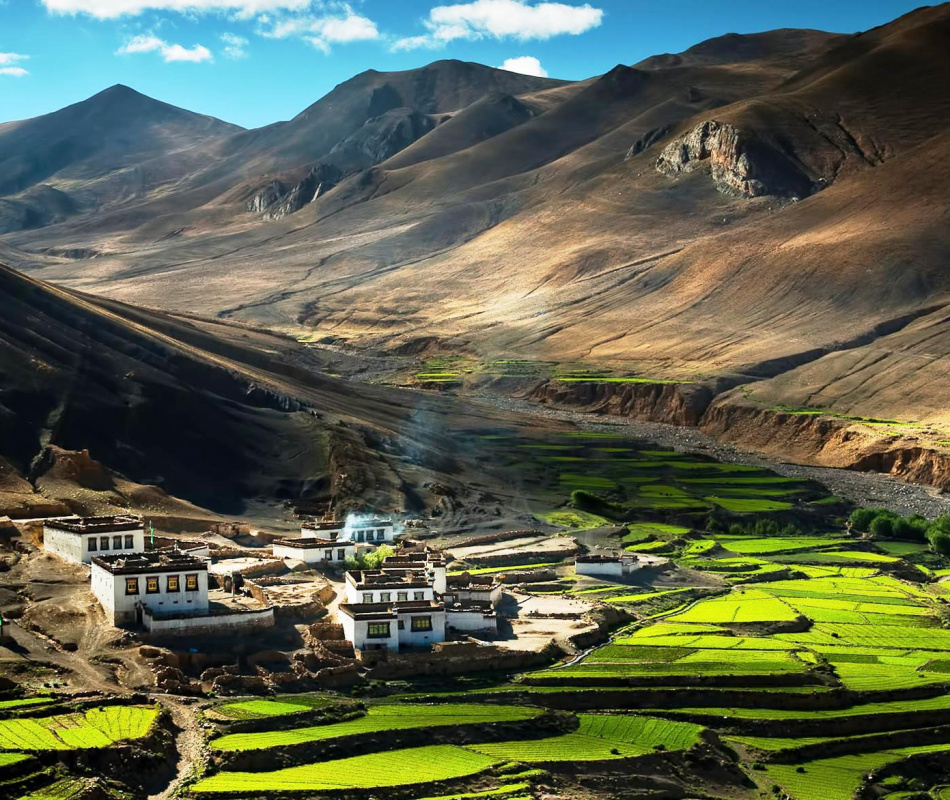
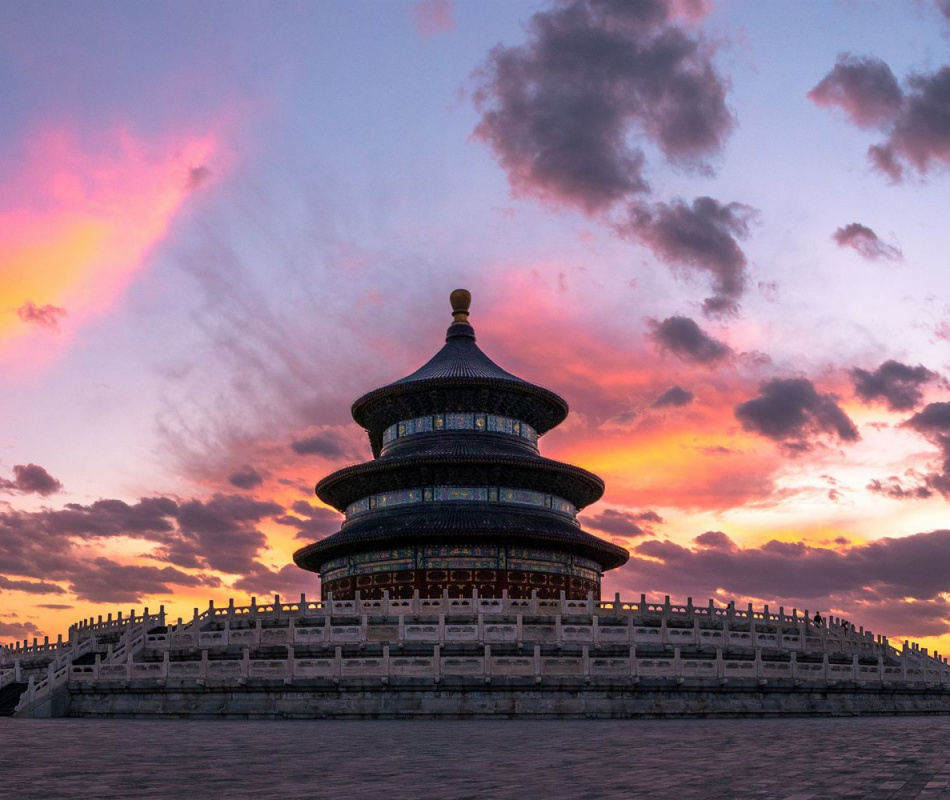
TIBET
You can only truly understand Tibet and its culture by visiting it. The appearance of the first Tibetans, like everything in Tibet, is shrouded in magical mystery. Two legends are the most famous.
The first, related to the Bon religion, says that the very first king of Tibet descended from Heaven on a silver thread.
The second, closer to Buddhism, tells of the monkey king Brangrinpo, who was the incarnation of Avalokiteshvara (the Buddha of compassion) and the rock devil Brangrinmo, the incarnation of Tara. Brangrinmo fell in love with the handsome, strong monkey king, and tried to entice him by any means. Brangrinpo did not pay due attention to her, because he took a vow of celibacy.
Finally, Brangrinmo told him that if he did not possess her, she would kill people from neighboring lands and mate with an evil demon so that all of Tibet would be populated by demons. The compassionate Brangrinpo could not allow this, and reciprocated Brangrinmo's desire. The place where they copulated is in the Yarlung Valley, in the area of modern Jietan, and is considered sacred.
Their first children were monkeys, so the origin of Tibetans from monkeys comes from this legend (remember Darwin's theory?). The descendants of Brangrinpo and Brangrinmo learned to make clothes, grow seeds, their tails fell off and they eventually turned into people.
Sacred Shangrila, Land of Snows, Roof of the World - such names were given in the West to the mysterious Buddhist kingdom of Tibet, hidden from prying eyes among the Himalayan peaks. For many years, Tibet remained a closed world of monks and Buddhist shrines to tourists. The "sacred city" of Lhasa, the capital of Tibet, only opened its doors to Western tourists a few years ago.
Tibet is undoubtedly one of the most impressive places in Asia. Here the secrets of the most ancient beliefs and teachings, the grandeur of the monasteries and the snow-white peaks of the highest mountains in the world - the Himalayas, merging together, confirm all the rumors about the mystical secret of this country.
In ancient times (about 100 million years ago) the territory of present Tibet was the seabed, but as a result of the collision of two proto-continents it rose, and several mountain ranges were formed, extending up to 3000 km. and up to 8848 m high. (Everest or Chomolungma in Tibetan). Thus, Tibet became one of the most high-mountainous and isolated regions of the world.
Geographical position: Tibet is often called the "Roof of the World", which is absolutely fair. The Tibetan Plateau is the largest high-mountain plateau on Earth. Its average height is 5000 meters above sea level. In the south, Tibet is closed by the Himalayas, in the west - by the Karakoram, in the north - by the peaks of the Kunlun ridge. Local residents live at an altitude of 3500 m. to 5000 m. The territory of Tibet reaches 1.2 million square kilometers. The area is 2.5 million square kilometers. In the west of Tibet, in the area of the sacred Mount Kailash, the 4 greatest rivers of Asia - the Ganges, Indus, Sutlej and Brahmaputra - originate. The Brahmaputra, unlike other rivers, flows throughout southern Tibet, forming fertile valleys in the area of such large cities as Shigatse, Lhasa and Tsetang. In the southeast of the Tibetan Plateau, the Yangtze, Salvin and Mekong rivers originate. Five of Asia's largest rivers, including the Indus (Senge Khabab), Mekong (Zachu) and Brahmaputra (Yarlung Tsangpo), start in Tibet. Thus, almost half of all humanity lives downstream from Tibet.
Regional divisions: three provinces: U-Tsang (central), Amdo (northeastern), Kham (southeastern).
Climate: As everywhere in the highlands, the weather in Tibet is very changeable. A large difference between day and night temperatures is quite natural. In general, the climate is quite moderate and much friendlier than many people imagine.
The best time to travel to Tibet is from late April to November. In the coldest months, from December to March, a trip is also possible, but for example, trekking will be extremely difficult due to snowfall. At this time, high mountain passes may be temporarily closed due to snowfall. In the valleys located at low altitude (including Lhasa, Shigatse) there is very little snow, and it does not interfere with the trip.
In summer, the rainiest months are July and August. In terms of precipitation, it should be noted that the Tibetan region is one of the most “unfavorable places” on the planet in terms of precipitation. Rainy days or days when it snows can be counted on the fingers.
Nature: Typical representatives of the animal world are yak, musk deer, bharal (blue sheep), Tibetan antelope, Tibetan gazelle, wild ass, giant antler, kyang (wild ass) and others. Birds: raven, goose, red duck, ibis and others.
Capital: Lhasa. Mentions of Lhasa as a formed administrative center date back to the 6th century. In the 7th, King Srontszen Gampo officially moved the capital of Tibet to Lhasa. Subsequently, Lhasa lost its status as the capital, and only in 1642, by order of the Fifth Dalai Lama, it returned it, and holds it to this day. The Fifth Dalai Lama did a lot for the city, as evidenced by the current appearance of Lhasa. Now, the population of Lhasa is about 170 thousand people. The city is easy to navigate, it is conditionally divided into Western (Chinese) and Eastern (Tibetan) parts.
Population: - 6 million Tibetans and 7.5 million Chinese.
Language: Tibetan. Belongs to the Tibeto-Burmese language group.
Religion: Buddhism.
Cuisine: Features of the national cuisine: national food - tsampa (a dish made from barley flour), drink - tea with salt and butter, alcoholic drink - chang (Tibetan beer). As you can easily guess - man does not live by the spiritual path alone, and this article will be about food. Tibetan cuisine for a European is exotic. Something that attracts with mystery and incomprehensibility. Tibetan cuisine differs from other Eastern cuisines in moderation and balance. Tibetans do not abuse spices and seasonings. But they eat meat and vegetables in large quantities. Of the vegetables, the most popular are sweet peppers, carrots, cauliflower and cabbage, corn, spinach; of the meat products - yak and lamb. The most common meat is yak meat. It is cooked in a special way: boiled, cut into pieces, onions, tomatoes, ginger are added, fried and served with bread or noodles. Buddhism as a soft and tolerant religion does not impose any prohibitions on food, as, for example, on pork in Islam. You can eat everything. But in Tibet they practically do not eat fruits and sweets. The only national dessert is brushwood with honey. Fish and seafood are not popular in Tibet, they simply do not exist there. The meal ceremony usually looks like this: before sitting down at the table, everyone says a prayer. A large dish is placed in the center, and everyone puts on their plate exactly as much as they can eat. Tibetans eat with chopsticks or a spoon. Tibetans practically do not drink alcohol, since it does not go well with prayer. The traditional drink of Tibet is the so-called "rice wine". To prepare this drink, they take boiled rice, add special spices to it, keep it for a week, then let it settle, and as a result they get a low-alcohol (five degrees) exotic drink. Otherwise, they drink the same things as Westerners - coffee, juices, mineral water. Special attention is paid to tea. "Real" Tibetan tea is no less exotic than "real" rice wine. Officially, it is called "Tibetan tea made from freshly brewed tea leaves with butter and salt." The taste matches the name. The main dish of the Tibetans is tsampa. It is prepared from barley flour, yak butter, tea or barley beer. The result is something like dough, some Tibetan peoples add a little barley flour to tea with butter and milk and get something like a very liquid porridge, satisfying and high in calories. In large cities of Tibet, such as Lhasa, Shigatse, Gyantse, Tsetang, as well as in guest houses, where tourists often stop for lunch, the food is varied, in other places the menu is limited to momo and thukpa. Momos are similar to our dumplings with a filling of meat or vegetables. Thukpa is a noodle soup with meat or vegetables. And a number of dishes made of rice and vermicelli. In principle, anyone can learn to cook Tibetan dishes. But this is complicated by two things. Firstly, there are no special cooking schools or recipe books in Tibet. The profession of a cook is usually passed down from father to son along with all the culinary secrets. Secondly, they say that the taste of food cooked by a non-Tibetan, even according to all the rules, is not at all the same as the taste of real Tibetan food should be.
The profession of a cook in Tibet itself is respected, but far from the most prestigious. It is believed that men cook better than women, but in an ordinary Tibetan family, the wife usually cooks. This is one of her daily responsibilities. On holidays and some special occasions, the sacred process of cooking is taken over by the man. They say it tastes better.
View: For several centuries, Tibet was closed to foreigners. This was not only due to the inaccessibility of Tibet. In many ways, the isolation of Tibet was determined by the policies of both the Tibetan rulers and China. Only in 1984 was Tibet opened to visitors and a real opportunity to visit this unique country appeared. Despite this, very few are destined to visit there... Of course, to get acquainted with all the sights and even to visit only the most important ones, it takes a lot of time. Over the years, several basic routes have been developed that are optimal to use if you are traveling for one or two weeks. For one week, it is reasonable to plan Lhasa and nearby attractions and monasteries. From Kathmandu and back by plane. In two weeks, you can do much more. You can fly to Lhasa by plane, and drive through Tibetan land in a jeep, through Gyantse, Yamdrok Tsho Lake, Shigatse, Tingri and past Everest. In three weeks, you can walk around Mount Kailash with a caravan of yaks.
Sights: Potala Palace. The history of Potala dates back to the 7th century, when King Sornsen Gampo ordered to build a palace on Red Mountain in the center of Lhasa. The word "Potala" itself comes from Sanskrit and means "Mystical Mountain". Potala is located at 3700 meters above sea level, its height is 115 meters, divided into 13 floors, the total area of which is more than 130,000 square meters. There is no exact data on how many rooms and halls there are in the Potala. Their number is "somewhere over a thousand", and there are very few people who have managed to go around them all. Potala Palace is included in the "UN World Heritage Book". Potala is open to tourists. Several incarnations will not be enough to see all its relics and treasures... Today, Potala is a functioning palace-museum. It is staffed by monks who maintain the entire complex. The entire building is divided into the Red and White Palaces. An incredible amount of stone, wood, gold and precious stones were used in its construction. Some of what is in the Potala can be seen in these photographs.
Norbulingka Palace. Norbulingka. This is the name of the park complex with the summer palaces of the Dalai Lamas. Norbulingka was founded by the seventh Dalai Lama in 1755. In the summer months, Tibet was governed from here. Between 1758 and 1804, the eighth Dalai Lama continued to expand the park and created an artificial lake. To this day, Norbulingka remains a great place for a leisurely stroll and meditation. The palace is usually open from morning until midday. The 13th Dalai Lama (1876 - 1933) added three more palaces, and the 14th built the New Summer Palace in 1956. From which, in 1959, he was expelled by Chinese soldiers... Next to the Norbulingka Palace there is a zoo of the same name. And somewhere on the territory of the palace itself, in the garden, there should be three of the very first cars brought to Tibet. These are two Austins of '27 and a Dodge of '31, which were brought (!) to Tibet in disassembled form, on horses and yaks, as a gift to the 13th Dalai Lama. And only under the current (last, when he was still in Tibet) Dalai Lama did they start using cars, but it turned out that they needed gasoline, which was not available in Tibet at that time. Unfortunately, we do not have modern photos of these unique cars, so if someone manages to find them and take a photo, these photos will be placed here in the most prominent place!
Jokhang Temple. Jokhang (Tsuglhakhangkh) is one of the most revered temples of Tibetan Buddhism and a place of pilgrimage for believers. It was founded in the 7th century by King Srontseng Gampo to house the relics brought with the dowry of his two wives. The beautiful image of Buddha Akshobhya, brought by the beautiful Nepalese princess Bhrikuti and Jowo Sakyamuni (Sakya Thukpa in Tibetan), brought by the Chinese princess Wencheng. The name Jokhang itself comes from Jowo, and literally means "Jowo chapel". Both relics can be seen along with thousands of pilgrims during the temple's open hours. Typically from 8 a.m. to noon, and sometimes in the afternoon. The entrance to the roof (top floor) is located inside the main courtyard and is open from sunrise to sunset. Tibetans perform prostrations in front of the Jokhang gate. There is a small basement in the square with a thousand candles burning. One of the most significant Kor in Tibetan Buddhism, the Barkor kora, is performed around the Jokhang. The Barkor kora goes along the street that goes around the Jokhang, consisting of many shops and stores offering religious goods and everything else. The kora moves clockwise, involving thousands of people reciting mantras and walking around the temple from sunrise to sunset. Services are held regularly in the Jokhang. Drepung Monastery. Drepung Monastery was founded in 1416 by a follower of Lama Tsongkhapa. It was once one of the largest Buddhist monasteries in the world and had more than 10,000 monks. Unfortunately, or perhaps fortunately, Drepung is located a little further from Lhasa than Sera, and life here is more spontaneous, without such a strong influence of the capital. The monastery occupies a large area located on the slope of a mountain. Many buildings are connected by passages and stairs on several levels at once. Drepung is home to the largest thangka in Tibet. Once a year, it is taken out of the gompa and hung on a specially created structure on the mountain. The monastery is home to the Ganden Palace, where the Dalai Lamas lived until the fifth Dalai Lama ordered the construction of the Potala Palace in Lhasa. Sera Monastery. Sera Monastery is one of the two largest monasteries of the Gelugpa school in Lhasa. It was founded in 1419 by a follower of Tsongkhapa, Sakya Yeshi. In the past, it had more than 5,000 monks. Now several hundred live there. It consists of several "colleges" - departments studying various currents of Buddhism. In the monastery, open debates on religious topics are held daily between the monks. Sometimes they are very energetic, sometimes even noisy, involving in itself entire "groups" of monks. You can attend these debates, they take place at about 15:30-16:00. The monastery is located not far from the center of Lhasa. You can get there by bicycle (in half an hour), minibus or taxi.


